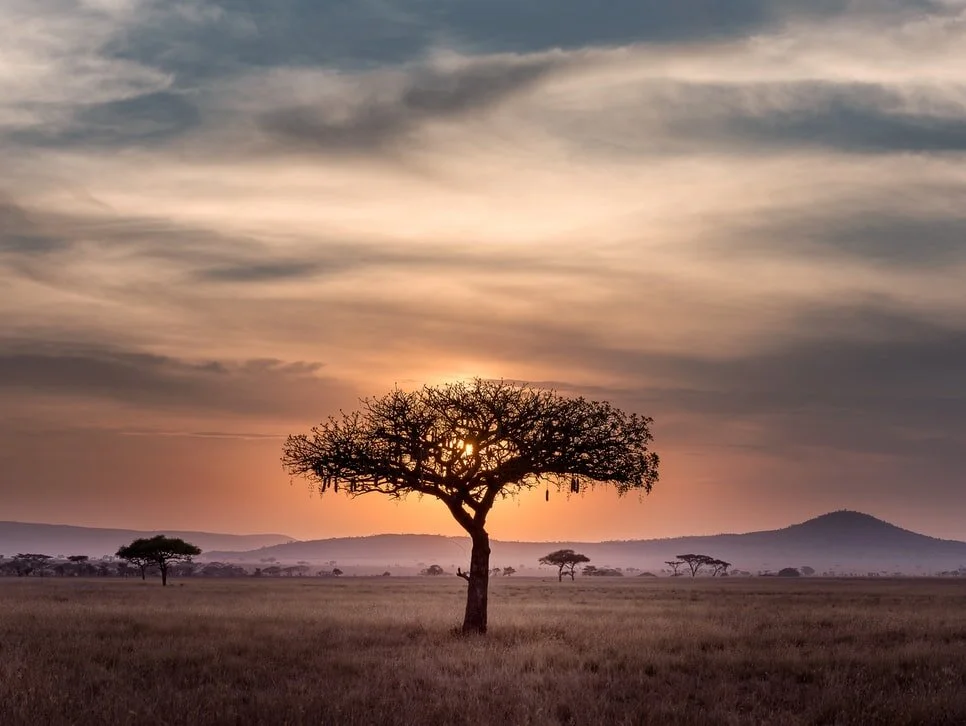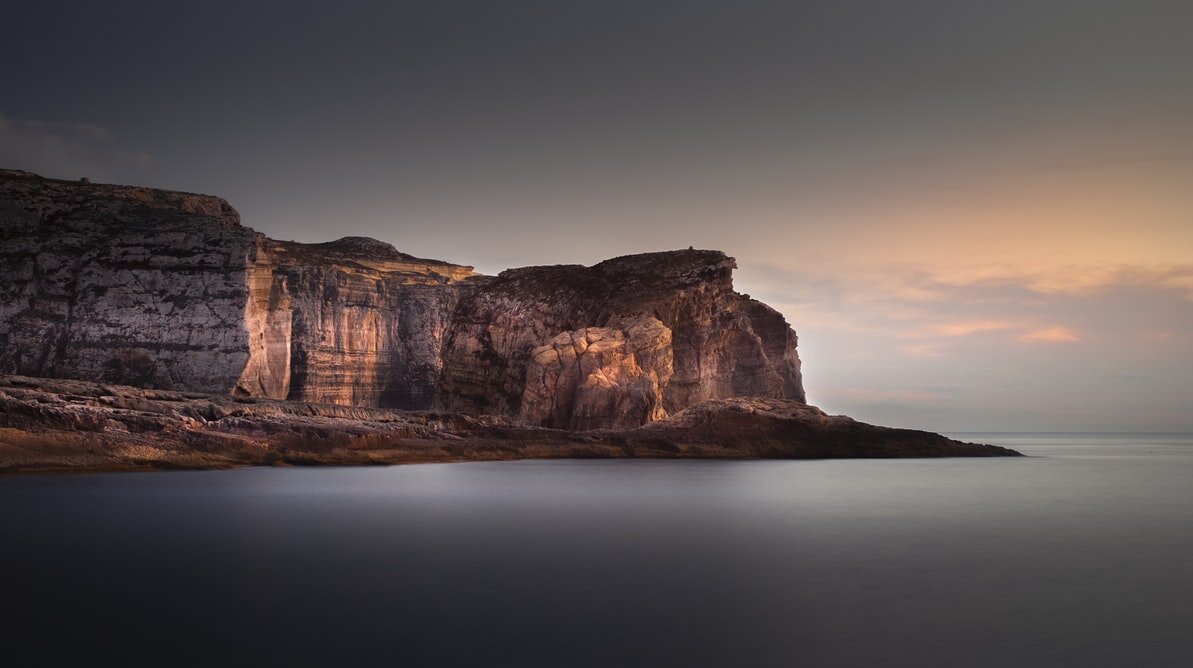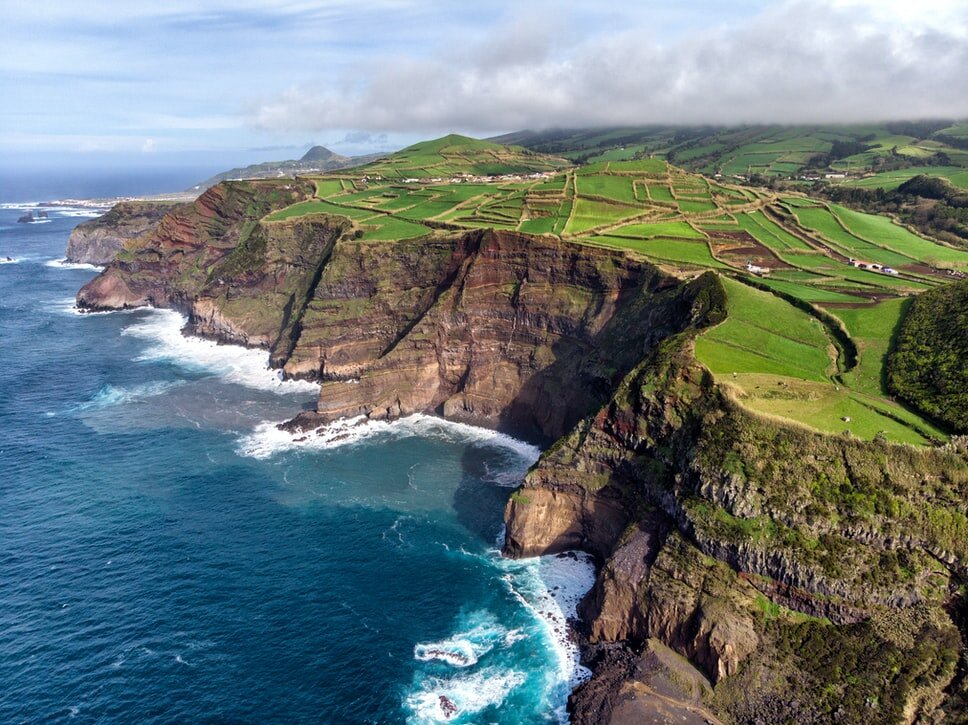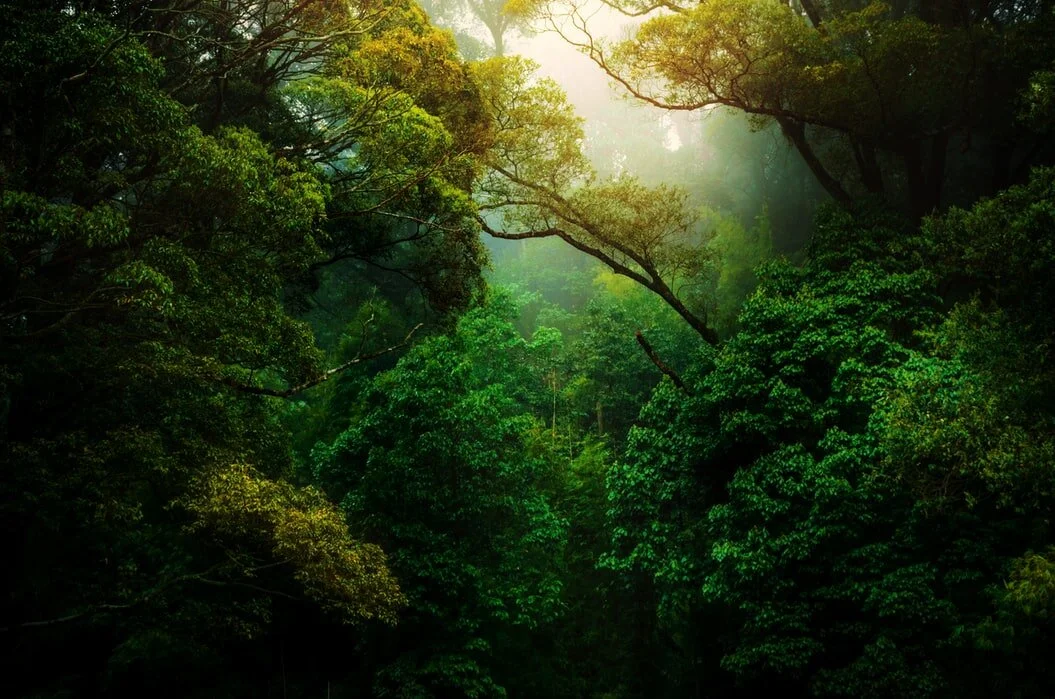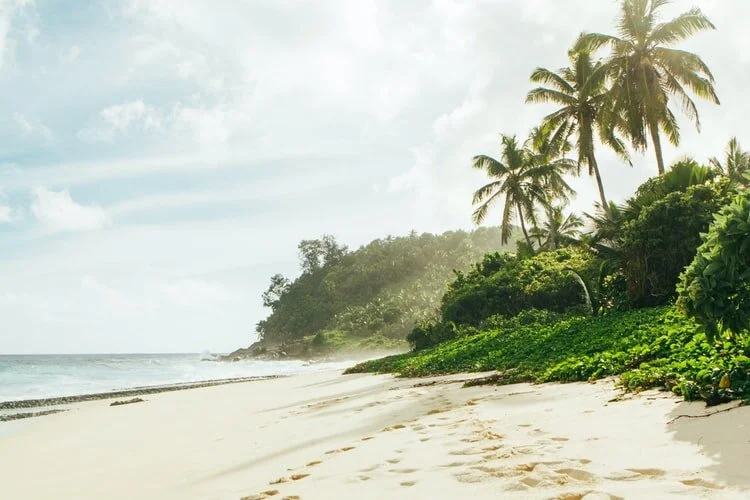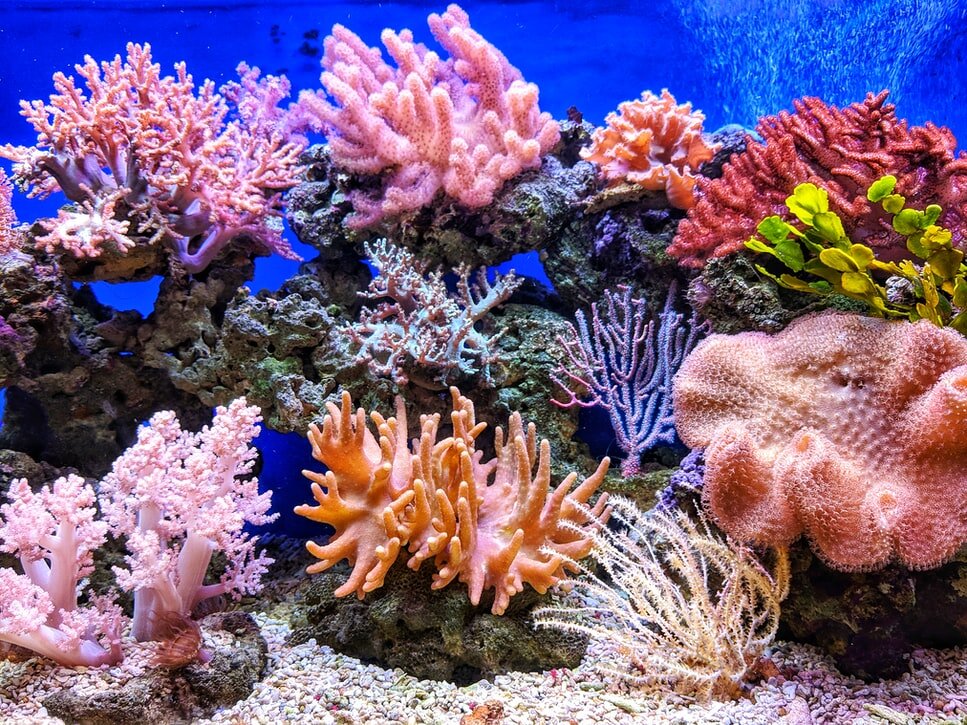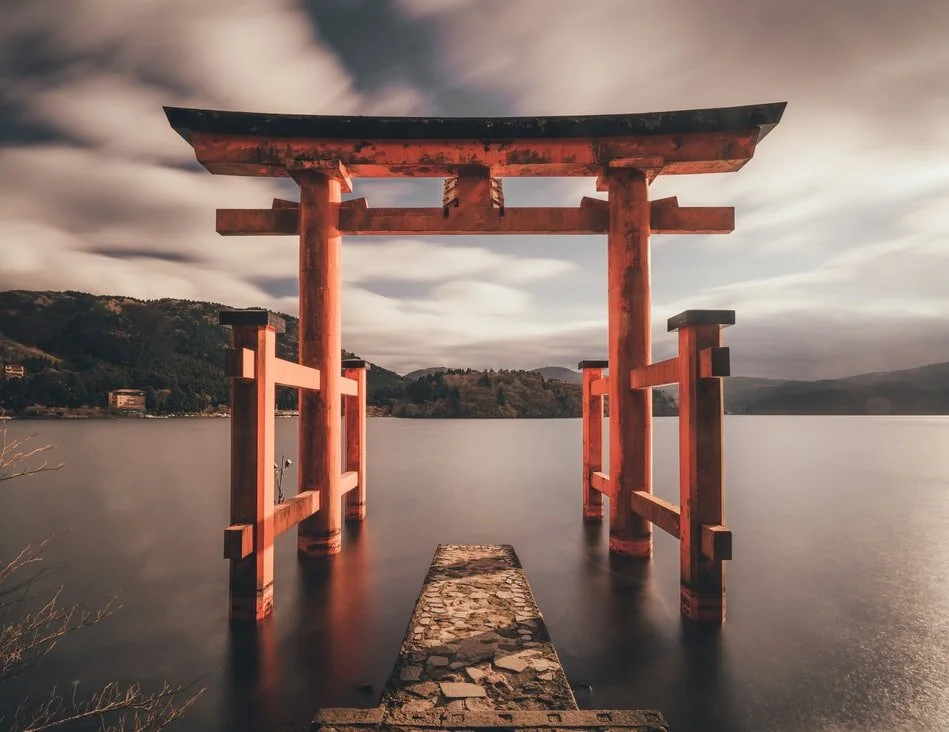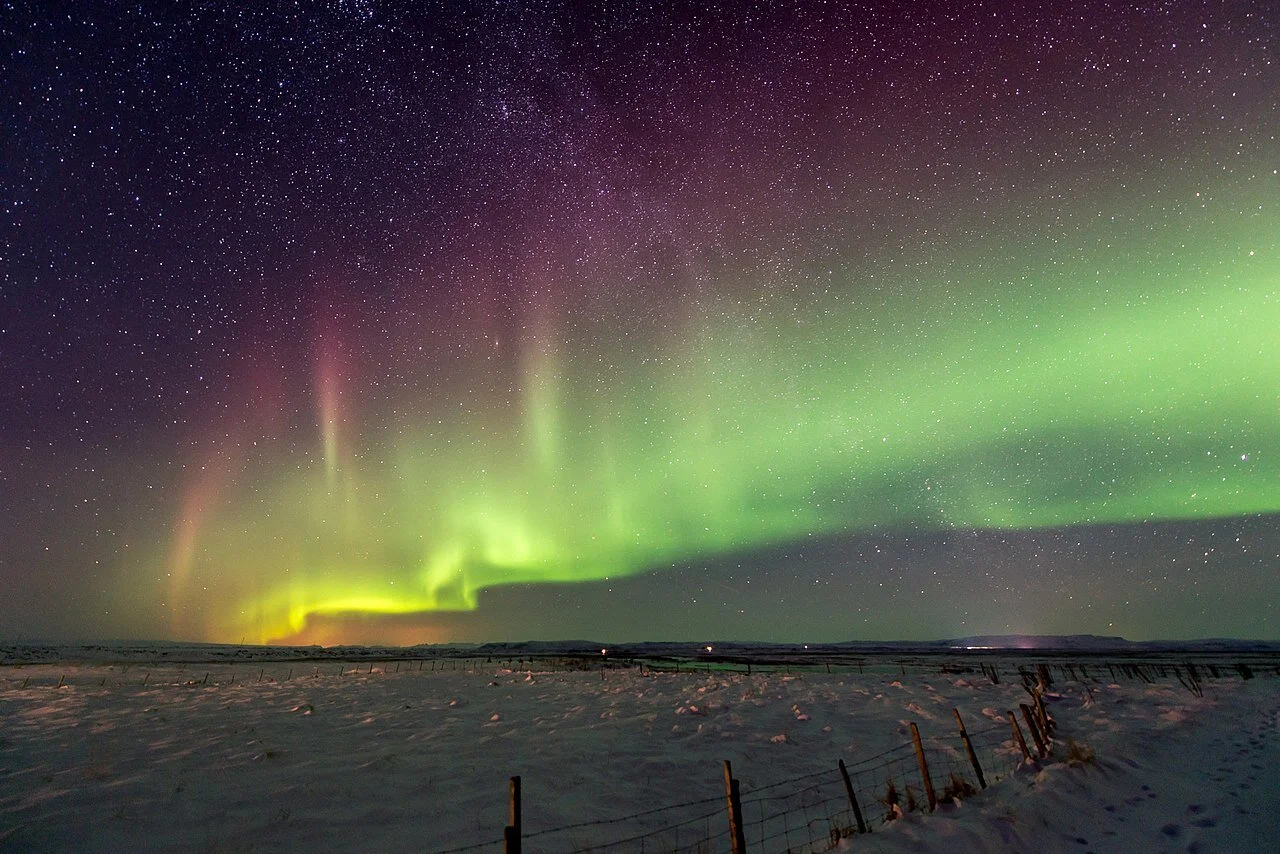While apartheid has been dismantled in South Africa for more than 25 years, segregation is still visible on its seashores as the economic and social consequences of apartheid continue to disadvantage and discriminate against Black South Africans.
Read More7 Stunning Spots in Bangladesh, South Asia’s Most Verdant Country
Known for its lush greenery and fascinating sites, Bangladesh offers many exciting opportunities to travelers.
The Sundarbans in Bangladesh. USAID Biodiversity and Forestry. CC BY-ND 2.0
Bangladesh is a South Asian country that borders India and Myanmar. Originally referred to as East Pakistan after the partition of India in 1947, Bangladesh eventually gained independence from Pakistan in 1971. Although the country is not on many visitors’ radars, Bangladesh boasts both spectacular natural beauty and a rich culture. Here are seven destinations that travelers should check out when visiting Bangladesh.
1. Sundarbans Mangrove Forest
A Bengal tiger in Bangladesh’s Sundarbans mangrove. Anindya Majumder. CC BY-NC-ND 2.0
If one could only visit only a single attraction in Bangladesh, this would have to be it. The Sundarbans mangrove forest is located where the Brahmaputra and Ganges rivers meet the Bay of Bengal. It is the largest mangrove forest in the world and became a UNESCO World Heritage Site in 1997. The forest is well-known for its variety of flora and fauna, most notably the endangered Bengal tiger. Other animal sightings that travelers can look forward to on their visit include spotted deer, rhesus macaque monkeys and a variety of waterbird species, including egrets and herons.
2. Dhaka
Boats in Bangladesh. Kuruman. CC BY 2.0
Travelers are likely to spend some time in Dhaka, as it is Bangladesh’s capital, largest city and travel hub. The city is a densely populated metropolis with some of the worst traffic in the world. Beyond the hectic rickshaw-filled streets, there are many exciting activities in the Bangladeshi capital, including watching boats dock at the Sadarghat river port, paying a visit to the Ahsan Manzil palace and museum, and touring the Baitul Mukarram Mosque, one of the largest in the world. Dhaka is also a wonderful place to explore traditional markets and sample Bangladeshi cuisine.
3. Cox’s Bazar Beach
A beach sunset in Bangladesh. Lonely explorer. CC BY 3.0
This is one of Bangladesh’s most beautiful beaches. Stretching over 75 miles, Cox’s Bazar is the longest uninterrupted sea beach in the world. The beach becomes less crowded the farther south one travels down its banks. Off the coast of Cox’s Bazar Beach is Maheshkhali Island, a pilgrimage point for Muslims, Hindus and Buddhists alike. Another nearby location is St. Martin’s Island, the only coral island in Bangladesh. Located at the southernmost tip of the country, St. Martin’s Island provides wonderful swimming and snorkeling opportunities.
4. Panam Nagar
The ghost town of Panam Nagar. Nurul Amin Russel. CC BY-NC-ND 2.0
Located 18 miles southeast of Dhaka, this town was well known for its textile production and Hindu merchant community. Panam Nagar was destroyed in a fire and the town remains deserted to this day. Although the exact dates and cause of the fire are still unknown, the large number of textiles stored in the town’s buildings could likely have caused it.
5. Paharpur
The Somapura Mahavihara monastery in Paharpur, Bangladesh. Stefan Krasowski. CC BY 2.0
Paharpur is one of three UNESCO World Heritage Sites in Bangladesh and was added to the list in 1985. Located in the northern part of the country, Paharpur contains the most important archaeological site in Bangladesh, an ancient Buddhist monastery called Somapura Mahavihara. The monastery is the second-largest structure of its kind south of the Himalayas and contains 177 monastic cells with a large shrine located in the middle. The monastery was a center of learning where the practice of Mahayana Buddhism flourished from the seventh to 12th centuries. It was further known for influencing Buddhist architecture in other parts of Asia, including Cambodia’s Angkor Wat temple. Paharpur is also one of the best examples of pre-Islamic architecture in Bangladesh.
6. Srimangal
A woman picking tea in Bangladesh. Mariusz Kluzniak. CC BY-NC-ND 2.0
Srimangal is a small town located in the northeast of Bangladesh. Well known throughout the country for its tea production, a visit to Srimangal makes an excellent opportunity to learn about one of Bangladesh’s largest industries. Travelers can explore some of the 163 tea plantations that dot Srimangal’s hilly landscape and enjoy local brews straight from the source.
7. Bagerhat
The Shait Gumbad Mosque with 77 domes in Bagerhat. Joe Coyle. CC BY-NC 2.0
The Bagerhat district in the southwestern part of Bangladesh is home to the ancient city of Khalifatabad, which was founded by Turkic general Ulugh Khan Jahan in the 15th century. A UNESCO World Heritage Site, the city contains excellent examples of an early Islamic architectural style known as Khan-e-Jahan. The site includes 360 buildings such as mosques, public buildings, mausoleums, bridges and more. Unfortunately, the city’s location at sea level makes it vulnerable to rising seas, making cultural preservation a huge priority.
From its beautiful beaches to a fascinating history, Bangladesh makes a wonderful destination for travelers ready to visit a less-discovered piece of South Asia.
Megan Gürer
Megan is a Turkish-American student at Wellesley College in Massachusetts studying Biological Sciences. Passionate about environmental issues and learning about other cultures, she dreams of exploring the globe. In her free time, she enjoys cooking, singing, and composing music.
Sunrise on the Serengeti. Hu Chen. Unsplash.
10 Travel Destinations Paving the Way in Sustainability
According to the United Nations, the global community must take drastic measures to alleviate the climate crisis. The Intergovernmental Panel on Climate Change, composed of nearly 1,300 scientists, predicts that global warming could increase worldwide temperatures up to 2.7 degrees Fahrenheit by 2040. This temperature rise will almost certainly exacerbate food insecurity, disease transmission, sea level rise and loss of ecosystems. From 2009 to 2013, international travel alone accounted for 8% of global greenhouse gas emissions. Roughly 1.4 billion people travel to a new destination each year, indirectly contributing to air pollution, land degradation and strained resources. These current levels of travel threaten the Paris Agreement, which proposes an annual 7.6% decrease in greenhouse gas emissions. Many countries have recognized the importance of environmental management and have striven for sustainability. From Malta to Japan, travel destinations are implementing eco-friendly practices, such as renewable energy and wildlife conservation. Travelers to these locations can explore pristine environments while positively impacting the planet.
1. Gozo, Malta
The coastline of Gozo, Malta. Zoltan Tasi. Unsplash.
Located in the Mediterranean Sea, the island of Gozo boasts a rich historical identity. Recognized by UNESCO, the Ggantija Temples are the world’s oldest free-standing structures, predating Stonehenge and the pyramids of Egypt. In addition to these historical sites, the island is relatively undeveloped, offering scenic hills and untouched coastlines. The European Environment Agency regularly monitors urban waste and pollution in coastal areas. According to their assessment, Maltese beaches rank among the cleanest in Europe. Within this pristine environment, common activities include swimming, snorkeling, deep-sea diving and kayaking. Gozo also hosts 85 endemic species of flora and fauna. To protect and preserve this unique landscape, the Ministry for Gozo established the Eco-Gozo Regional Development Directorate in 2009. Over the past decade, the island has become a model for sustainable development. Through renewable energy, green transportation and plastic reduction, Gozo is committed to reducing its carbon and water footprints. Ecologists have established protected spaces for endangered species, while local craftsmen sustainably restore ancient ruins like the Ggantija Temples. To further improve the standard of living in the Gozitan community, the island implements eco-education programs in schools and offers locally sourced, organic ingredients in restaurants. Named the Mediterranean’s Best Green Destination in 2018, this small island continues to gain recognition for its innovative conservation efforts.
2. Ljubljana, Slovenia
The Ljubljanica River, a pure water source in central Slovenia. Pedro Szekely. CC BY-SA 2.0
Known as “Slovenia’s Green City,” Ljubljana is the first European capital to establish a “zero-waste” initiative. The city currently recycles nearly 70% of its waste, reducing landfill trash to a mere 5%. Residual waste is processed into recyclable materials, solid fuels and high-quality gardening compost. Public green spaces, which include thousands of trees, comprise a third of the city’s territory and absorb carbon dioxide from the atmosphere. Visitors to Ljubljana can explore a variety of hiking trails, as well as an urban bee path that cares for 4,500 beehives. The city draws from the Ljubljanica River, which provides natural, non-processed drinking water and eliminates the need for plastic bottles. Since 2007, the historic city center has banned car traffic, allowing only bikes, pedestrians and electric trains. With fewer cars, the integrity of cultural and historical landmarks, like Preseren Square and Cobblers' Bridge, will be preserved for generations. In 2016, Ljubljana was deemed the “European Green Capital” and it plans to be zero-waste by 2035.
3. Azores, Portugal
The rugged cliffs of the Azores Islands in Portugal. Yves Alarie. Unsplash.
With nine volcanic islands, the archipelago of the Azores has diverse geological significance. The islands’ landscapes are dominated by craters, lagoons, waterfalls and lava fields. Visitors can hike among dense coastal forests, relax in natural hot springs and journey through dormant volcanoes. Azorean wildlife is varied and includes whales, dolphins, seals, bats and hedgehogs. However, rising sea temperatures spurred by climate change have driven aquatic species, such as the North Atlantic right whale, to near extinction. To protect the islands’ biodiversity, the Azores Islands harbor more than 60 marine protected areas which serve as sanctuaries for endangered species. Rather than burning fossil fuels, the Azores utilize geothermal power plants to harvest renewable energy from the earth’s subsurface. Geothermal power currently provides around 50% of the islands’ energy needs. Due to these sustainable developments, the Azores ranked among the world’s top 100 sustainable destinations in 2019.
4. Iwokrama Forest, Guyana
The dense foliage of the Iwokrama Forest. Kunal Shinde. Unsplash.
Named “The Green Heart of Guyana,” the Iwokrama Forest is one of the last pristine tropical forests in the world. For decades, global timber industries have exploited these natural ecosystems through deforestation, generating 18% of all greenhouse gas emissions. While tropical forests only occupy 7% of the Earth’s surface, they capture and store carbon naturally, with Iwokrama capturing over 1.4 million tons of carbon dioxide annually. In order to mitigate the loss of vital vegetation, Iwokrama employs a polycyclic harvesting system, resulting in the removal of less stems per acre and no significant gaps in the forest canopy. The Forest Stewardship Council has commended these forest management practices, which prioritize locals, wildlife and the natural environment. Amid lush forests, wetlands and savannas, visitors might encounter diverse wildlife such as jaguars, giant anteaters, black caimans and harpy eagles. While traversing the Iwokrama Canopy Walkway, a 500-foot series of suspension bridges, travelers can examine nearly 6,500 species of plants. In 2016, Guyana’s Environmental Protection Agency awarded the Iwokrama Forest with the Green Award for its exemplary environmental stewardship.
5. Galapagos National Park, Ecuador
A Galapagos sea turtle swimming off the coast. Wexor Tmg. Unsplash.
As a UNESCO World Heritage Site, the Galapagos National Park and surrounding waters are protected for conservation. The 19 islands boast distinct landscapes, ranging from barren volcanic rocks to green sand beaches formed by olivine crystals. The Galapagos are home to a variety of endemic species, including 15 mammals, 45 bird species and 79 types of fish. Due to wildlife sanctuaries and habitat restorations, vulnerable animals like tortoises, iguanas and sea lions live in harmony with humans. The Galapagos Islands also have a rich variety of endemic flora, with over 500 species discovered. When visiting the Galapagos, visitors are expected to act responsibly and treat the environment with respect. Common activities include snorkeling alongside sea turtles, hiking over dried lava beds and whale watching from kayaks. The Galapagos National Park is well maintained and protected by park rangers and volunteers, who partake in regular coastal cleanups. However, to ensure long-term sustainability, the islands offer outreach and education programs. Ecologists and environmental experts teach locals and visitors about the harmful effects of climate change and pollution in the hopes that this diverse landscape will endure for years to come.
6. Felicite Island, Seychelles
Felicite Island in the early morning. Nenad Radojčić. Unsplash.
Located in the Indian Ocean, Felicite Island contains parts of Ramos National Park and multiple marine protected areas. This small island community has multiple initiatives to conserve energy and invites visitors to share the responsibility of offsetting their carbon footprint. Drip irrigation has been introduced as a solution to water and energy waste. Widespread rainwater harvesting allows the use of rainwater for non-potable needs, such as washing clothes and watering gardens. Organic vegetable gardens support the ultimate aim of self-sustained food and beverages in the Seychelles. Special efforts are given to waste reduction, with zero-waste and plastic-free initiatives. Recently, island officials banned plastic bags, plates, cups and plastic foam boxes in order to mitigate ocean pollution. Additional conservation programs include a reforestation project, sea turtle monitoring and coral restoration. Within this pristine paradise, visitors can partake in snorkeling, diving and community outreach programs regarding climate change.
7. Serengeti National Park, Tanzania
Elephants, an endangered species, graze the Serengeti. Hu Chen. Unsplash.
Founded in 1951, Serengeti National Park houses one the highest concentrations of mammals in Africa, with species such as lions, giraffes and hippos. It is also known for the largest remaining unaltered animal migration in the world, with over 6 million zebras, gazelles and wildebeests stampeding over the fertile plains. At least four globally threatened or endangered species, such as elephants and cheetahs, thrive in these heavily-patrolled conservation areas. Guided safaris allow visitors to witness this diverse wildlife from a close proximity. Serengeti, however, is committed to sustainable visitation in order to protect the environment from irreversible damage. Human activity and waste disposal are closely monitored by park rangers. Conservation areas and secure breeding grounds also mitigate the impacts of deforestation, poaching and urbanization. Through such practices, Serengeti National Park allows wildlife to roam freely in their natural habitat, an increasingly rare commodity.
8. Republic of Palau
Coral reefs, an endangered ecosystem. Qui Nguyen. Unsplash.
Located in the western Pacific Ocean, the Republic of Palau includes over 200 volcanic and coral islands. Palau supports a diverse aquatic environment, inhabited by nearly 700 coral species and 1,400 fish species. Coral reefs protect coastlines from waves, provide wildlife with refuge and offer opportunities for recreation. Due to climate change, this vital ecosystem is severely threatened. The Coral Reef Research Foundation promotes water conservation, renewable energy and recycling to mitigate coral destruction. In 2018, Palau banned sunscreens that contain environmental pollutants and established marine sanctuaries in 80% of its territorial waters. Travelers to Palau must sign a pledge declaring that they will preserve and protect the island. While scuba diving, snorkeling and surfing, visitors must adhere to this pledge and respect wildlife.
9. Sun Moon Lake, Taiwan
Sun Moon Lake at sunset. Eddy Tsai. CC BY-SA 2.0
Residing in the foothills of Taiwan’s Central Mountain Range, Sun Moon Lake prides itself on maintaining a low carbon footprint. Public transportation routes have decreased the reliance on driving, thereby reducing the emission of greenhouse gases. Cable car systems, electric boats and cycling paths are common alternatives to cars at Sun Moon Lake. This rural region also hosts a range of dams which generate 62% of Taiwan's total hydroelectricity. Travelers to Sun Moon Lake can hike through dense forests, kayak in turquoise waters and interact with Indigenous people who live in the area. Thao natives, such as the Bunun, believe humans and Earth are intrinsically connected, opting to practice sustainable farming and fishing. Sun Moon Lake adheres to this philosophy and strives to protect the fragile environment.
10. Kamaishi, Japan
A traditional Japanese torii. Tianshu Liu. Unsplash.
Along the rugged Sanriku Coast, Kamaishi is an important fishing and industrial city. In 2011, a 45-foot tsunami swept through the city, devastating the local fishing industry and taking the lives of roughly 1,000 people. Amid ongoing reconstruction efforts, Kamaishi is prioritizing sustainability. Established two years after the tsunami, the Sanriku Fukko National Park consists of towering cliffs, unique stone formations and isolated coastlines. The Jodogahama and Kirikiri beaches, surrounded by vibrant green pine trees, host diverse marine ecosystems. Salmon, scallops, crabs and sea urchins are among the many aquatic animals that receive protections from overfishing. Through coastal cleanups, inland forestry conservation and river purification, Kamaishi strives to reduce the impact of industrial pollution. Forms of public transportation, such as electric trains and ride-shares, further mitigate car traffic and fossil fuels. Kamaishi is also a leader in renewable energy, relying on solar power and biomass fuel to power residential areas. Environmental organizations have commended Kamaishi for rebuilding a cleaner community in the wake of such a devastating natural disaster.
Shannon Moran
is a Journalism major at the University of Georgia, minoring in English and Spanish. As a fluent Spanish speaker, she is passionate about languages, cultural immersion, and human rights activism. She has visited seven countries and thirty states and hopes to continue traveling the world in pursuit of compelling stories.
5 Spots for a Uniquely Uruguayan Experience
Uruguay is sandwiched between Argentina and Brazil, has a population of just over 3.5 million, and is home to miles of coastline facing the Atlantic Ocean. Although the climate is fairly mild throughout the year, the warmer summer months are when the tourist attractions really come alive. Uruguay pairs a generally laid-back culture, full of food and art, with trendy nightlife. Visitors can also venture away from the cities to more rural areas and explore an expansive countryside. Given Uruguay’s diverse landscapes and activities, any visitor is sure to have a memorable experience.
A view of the Rambla and the Montevideo skyline. Marisali. CC BY-NC-ND 2.0
Montevideo
Montevideo is the largest city in Uruguay as well as the capital. With a vibrant art scene and culture, Montevideo is an exciting place to explore. You can take a walk down the Rambla, a 14-mile boardwalk that offers an unobstructed view of the ocean as you wind through various neighborhoods in Montevideo. If you want to go to the beach, visit the Pocitos neighborhood, which is known for its beach and hosting nautical events throughout the year. In the Old City, tour the Solís Theater, a grand performance venue designed in a neoclassical style that echoes many of the other European-influenced buildings across the city. If you are craving a bite to eat stop by the Mercado del Puerto (Port Market), a hub of restaurants, cafes and shops overlooking the water. This is a great place to try eating at an Uruguayan parrilla, or wood-fired barbecue.
La Mano in Punta del Este. Gamillos. CC BY-SA 2.0
Punta del Este
Two hours away from Montevideo is Punta del Este, a trendy summer spot and a popular escape from the bustling city. Punta del Este has expansive beach access, some of which are rougher and face toward the ocean (such as Playa Brava) while others are calmer and preferred by those with young families (like Playa Mansa). At night, people can go out to bars, restaurants and clubs all over the city, where events can go on until the sun comes up. If you’re interested in a sleepier part of town, visit José Ignacio, a seasonal fishing village to the east. The national dish of Uruguay, the chivito, originated in Punta del Este. You would be remiss if you did not take a moment to sample a chivito (a beef sandwich with a variety of toppings such as cheese, egg and tomato) while visiting. For a taste of the arts, you can visit the iconic hand sculpture, crafted by Chilean artist Mario Irarrázabal, or the gallery and sculpture park of renowned artist Pablo Atchugarry.
An old building in Colonia del Sacramento, Uruguay. DiegoOlivera_Uy. CC BY-NC 2.0
Colonia del Sacramento
A city with Portuguese roots, Colonia del Sacramento looks across the Rio de la Plata to Buenos Aires, Argentina. The cobbled streets of the Barrio Histórico are popular with visitors and this part of the city is labeled a UNESCO World Heritage Site. To enter this part of town you will cross a drawbridge of a former fortress. Notable landmarks include the Basilica of the Holy Sacrament, Convent of San Francisco, Calle de Portugal and the Colonia del Sacramento Lighthouse. This city will appeal to a wide range of visitors, from historians to vintage car enthusiasts.
Grapes hanging from the vine. UGA CAES/Extension. CC BY-NC 2.0
Wine Country
While in Uruguay, consider visiting one of many vineyards scattered across the country. Uruguay produces a variety of wines, but its signature red wine is called tannat. Although the wine originated in France, the Uruguayan version is considered to be softer due to the warmer climate. Many wineries will allow visitors to sample their wine and tour the grounds. You can visit popular wineries such as Bodega Bouza and Alto de la Ballena or organize a wine tour so you can experience a wide selection. Enjoy a glass while taking in the scenic Uruguayan landscapes.
Gauchos practicing in the countryside. Nicoyogui. CC BY-NC 2.0
Gaucho Country
Another part of Uruguayan culture worth learning about is gaucho culture, which was formed around the romanticized idea of a horse riding hero of the land who cannot be tamed. One standout detail of gaucho culture is the drinking of yerba mate, a bitter tea one drinks from a modified gourd. While the traditional gaucho is no longer as prevalent, modern-day gauchos can be found working on estancias, cattle ranches that can span hundreds of acres. With meat, especially beef, a major component of the Uruguayan economy, these estancias are extremely important. Nowadays, some gauchos have joined the tourist industry in Uruguay and are open to hosting visitors or providing guided rides where they can educate others about their culture.
Phoebe Jacoby
is a Media Studies major and Studio Art minor at Vassar College who believes in the importance of sharing stories with others. Phoebe likes to spend her free time reading, drawing, and writing letters. She hopes to continue developing her skills as a writer and create work that will have a positive outward effect.
“Northern Lights in Iceland” by Cameron Pickett is licensed under CC BY 3.0
7 Off-The-Beaten-Path Adventures in Iceland
From lava caves to Elf School, here are some of the most unique travel destinations in Iceland. Enjoy!
Read More









